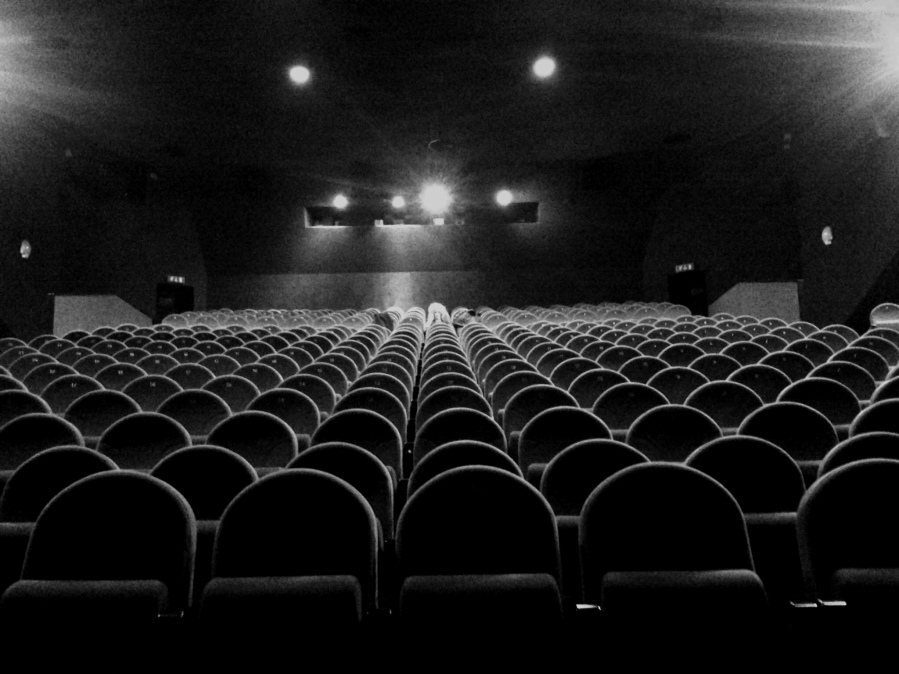I have a friend who has travelled the globe. She has got down and dirty in small villages in Nepal, she has danced the night away in Paris and has helped to develop schools for orphan children in Cambodia so they can end their poverty cycle.
What a legend! Right? Well, maybe not. She may have been doing more harm than good.
The rise in voluntourism has lead to individuals – such as Daniela Papi, founder of PEPY and advocate for clever travel – to question whether we are perpetuating a vicious cycle or doing real, honest work.
Voluntoursim is a term that refers to the use of “discretionary time and income to travel out of the sphere of regular activity to assist others in need” (Bailey & Fernando 2011, p.407).
According to Bailey & Fernando 2011,
“these trips satisfy one’s longing for adventure while providing valuable services to the communities they visited.”
I applaud these kinds of people for their selfless nature and wanting to go and lend a hand to less fortunate communities.
But, the issue I have – and agree with Daniela Papi in this – is that there is the “white hero-fixation” about going overseas and helping those less fortunate than I, “we have a tendency to swoop in when times are tough, patch it up and fly out again”.
I interviewed Daniela Papi in 2013 and she stated that we need to change the way we see voluntourism, “wealthy travellers to think they have a “right” to help people just because they are wealthier. Instead, they have to earn that right, and learn how they might be able to help, by being the students of the communities they visit, rather than the teachers.”
Papi established PEPY – Promoting Education, emPowering Youth – in Cambodia after her time volunteering there. The organisation aims to promote youth to venture overseas and volunteer however, they must fully understand the communities they are helping. Moreover, there needs to be an initiative for skilled workers to go overseas to these communities in need and educate the locals on how to build buildings or teachers going over to train local people to be teachers.
I say this in the hope that by doing this, we can perhaps create a community that does not need to rely on the aid of foreigners but are somewhat self-sufficient.
References:
Bailey, Andrew W., Fernando, I.K., 2011, ‘Decoding the Voluntourism Process: A Case Study of Pay It Forward Tour’, Journal of Experiential Education, vol. 33 issue 4, pp. 406 – 410



